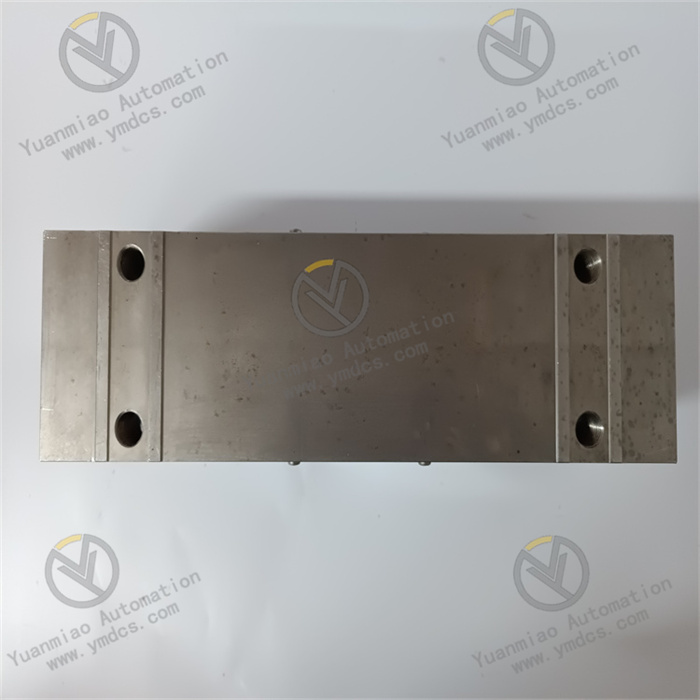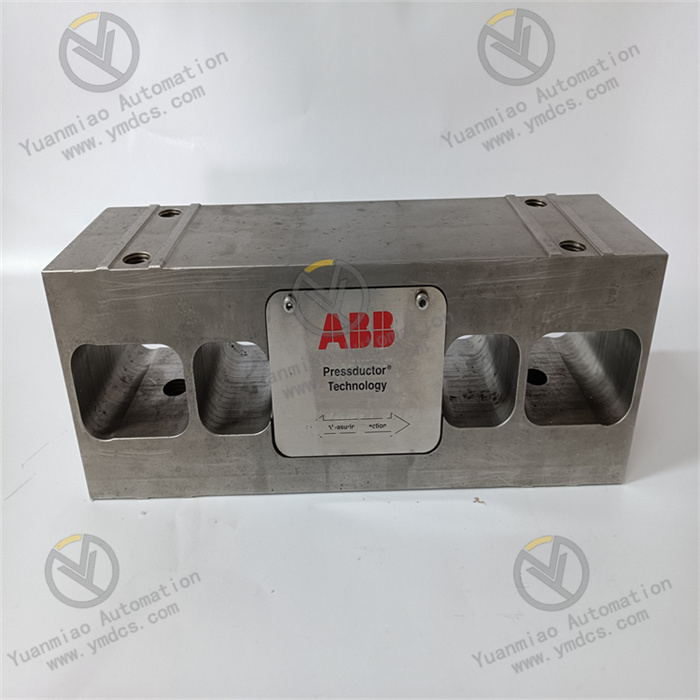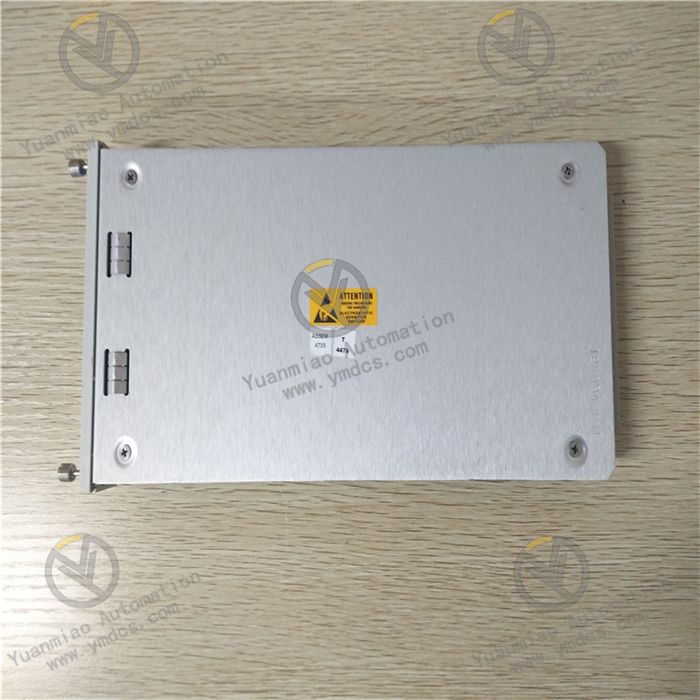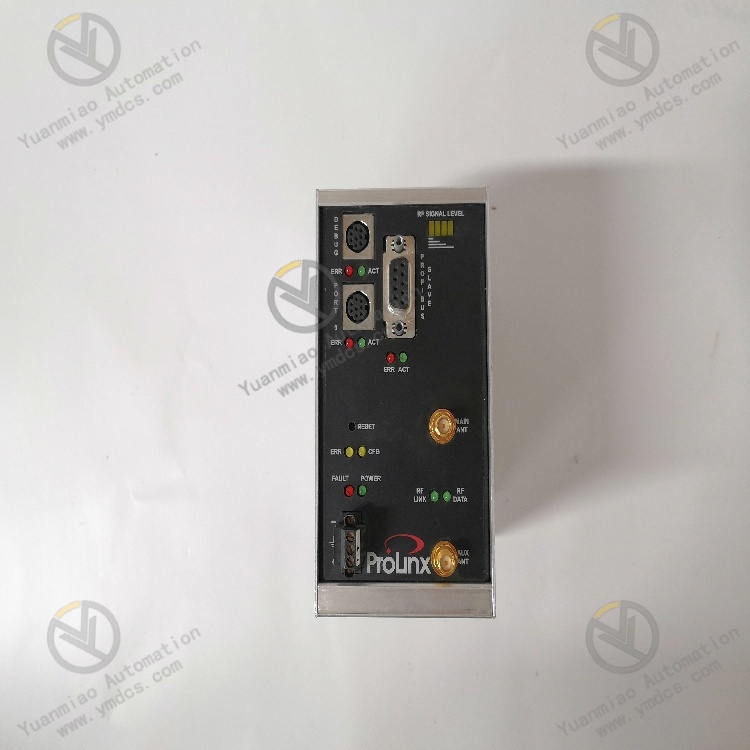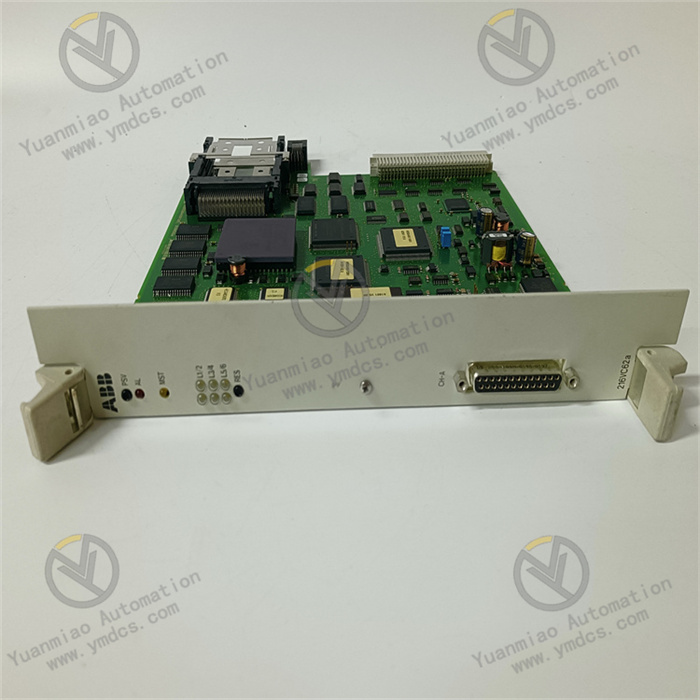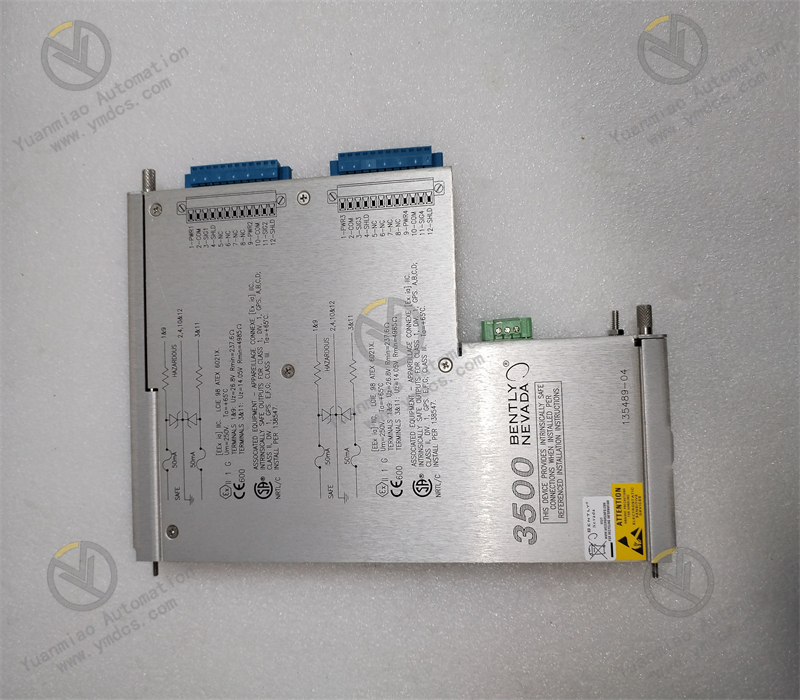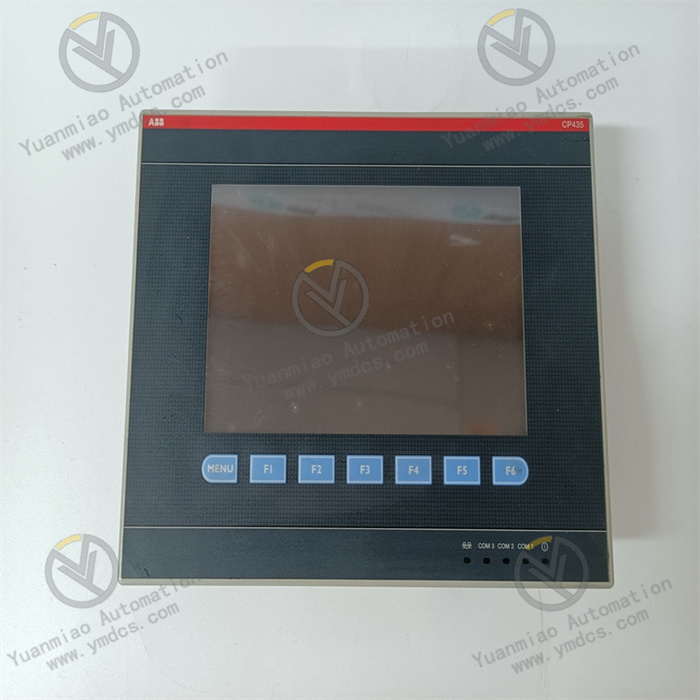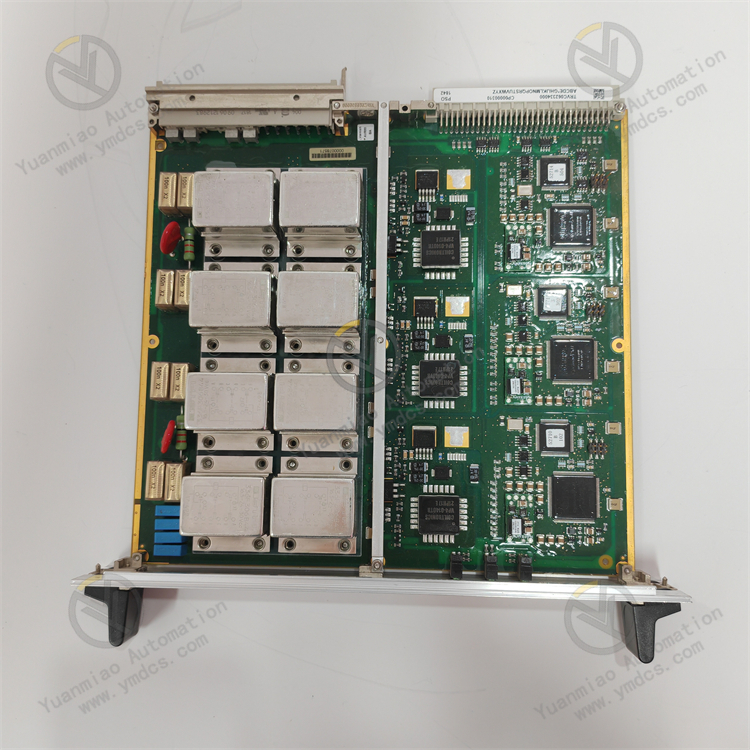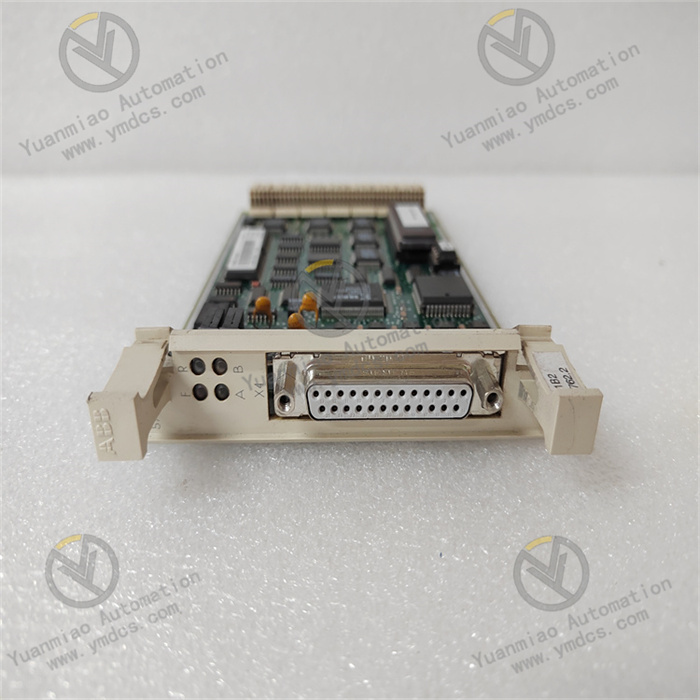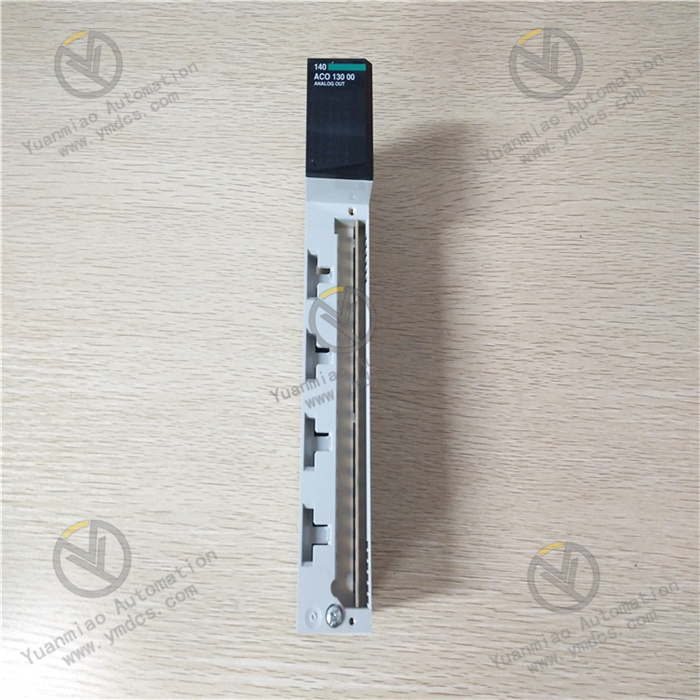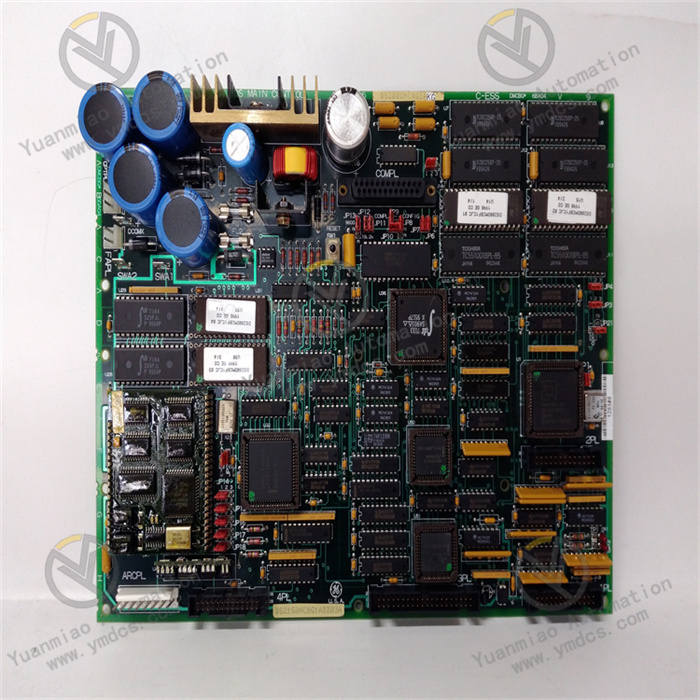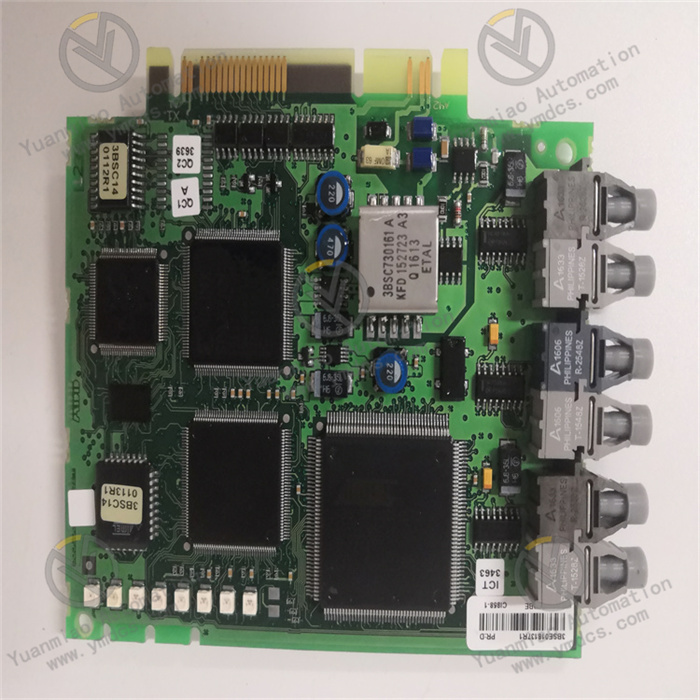Description
ABB PFTL101B-5.0kN 3BSE004191R1
ABB PFTL101B - 5.0kN (3BSE004191R1) is an industrial force sensor (or load cell) primarily used for measuring tensile or compressive forces. It is commonly employed in lifting equipment, industrial machinery, and automation systems.
Features
- High Precision: Provides accurate weight or force data for high-precision measurement applications.
- High Reliability: Constructed with high-quality materials and advanced manufacturing processes, ensuring stable operation in various harsh environments.
- Fast Response: Enables real-time monitoring of material weight or force changes, suitable for dynamic measurement scenarios.
- Easy Installation and Maintenance: Offers multiple mounting accessories and user-friendly maintenance tools for convenient installation and calibration.
Technical Specifications
- Rated Load: 5.0kN (approximately 1125 lbf).
- Allowable Lateral Load: 30.0kN (approximately 6750 lbf).
- Overload Capacity in Measurement Direction: 25.0kN (approximately 5625 lbf).
- Displacement: 0.015mm.
- Spring Constant: 325kN/mm (approximately 1857 kips/in).
- Accuracy Class: ±0.5%.
- Output Signal: Analog and digital signal outputs.
- Operating Temperature Range: -20°C to +80°C.
- Protection Class: IP65, suitable for harsh environments.
- Material: Durable and reliable stainless steel.
- Dimensions and Weight: 25mm×25mm×100mm, weighing 0.5kg.
Basic Working Principle
1. Core Principle: Strain Gauge Measurement
The PFTL101B is designed based on the strain gauge effect, with core components including a metallic elastic body (typically aluminum alloy or stainless steel) and strain gauges. The working process is as follows:
- Elastic Body Deformation under Force: When the sensor is subjected to tensile or compressive force (maximum measurement value: 5.0kN), the elastic body undergoes minimal deformation (elastic deformation).
- Resistance Change in Strain Gauges: Strain gauges attached to the elastic body's surface stretch or compress with the deformation, causing their resistance to change (resistance increases when stretched and decreases when compressed).
- Signal Conversion via Wheatstone Bridge: Strain gauges typically form a Wheatstone bridge circuit, converting resistance changes into millivolt-level voltage signals (mV/V) that are linearly proportional to the applied force.
- Signal Conditioning and Output: Internal circuits amplify, filter, and process weak voltage signals to output standard electrical signals (e.g., 4-20mA current signals or 0-10V voltage signals) for acquisition and analysis by subsequent control systems (such as PLCs or instruments).
2. Key Characteristics
- High-Precision Measurement: Ensures low measurement errors (typically ±0.1% to ±0.5% F.S., where F.S. is full scale) through precision manufacturing and calibration.
- Anti-Interference Design: Uses sealed structures (e.g., adhesive sealing or welding) and shielded cables to prevent environmental humidity and electromagnetic interference (EMI) from affecting measurement accuracy.
- Dynamic Response Capability: Quickly captures instantaneous force changes, suitable for monitoring dynamic loads (e.g., during crane lifting).

Application Fields
- Food Industry: Measures the weight of packaging materials and containers.
- Chemical Industry: Weighs and monitors the weight of liquids and solids.
- Logistics Sector: Weighs and monitors the weight of goods during transportation.
- Mechanical Manufacturing: Measures the weight of various mechanical components to ensure production precision and stability.
- Automation Control: Real-time monitoring and control of material weight or force in automation systems to improve production efficiency.
- Pulp and Paper Industry: Used for accurate measurement in equipment such as paper machines, calibrators, coaters, and winders.
- Aerospace: Measures and monitors aircraft weight and load conditions to ensure flight safety.
Installation and Precautions
- Installation Direction: Ensure the force application direction aligns with the sensor's axis to avoid measurement deviations caused by lateral forces or eccentric loads.
- Electrical Connections: Use shielded cables to connect the sensor to the control system to reduce electromagnetic interference; pay attention to power polarity and signal output types.
- Environmental Protection: In high-humidity, corrosive, or vibrating environments, additional protection (such as protective covers) is required, and sealing performance should be regularly inspected.
- Calibration and Maintenance: Calibration is necessary after initial installation or long-term use to ensure measurement accuracy; regularly check for loose mechanical connections.
Comparison with Similar Products
The ABB PFTL series force sensors are available in different ranges (e.g., 1kN, 2kN, 10kN, etc.) and output types. The PFTL101B - 5.0kN is a medium-small range model suitable for moderate load scenarios. Compared with other brands (such as HBM and SICK), its advantages lie in industrial-grade reliability and compatibility with ABB automation systems (e.g., matching ABB PLCs or frequency converters).



